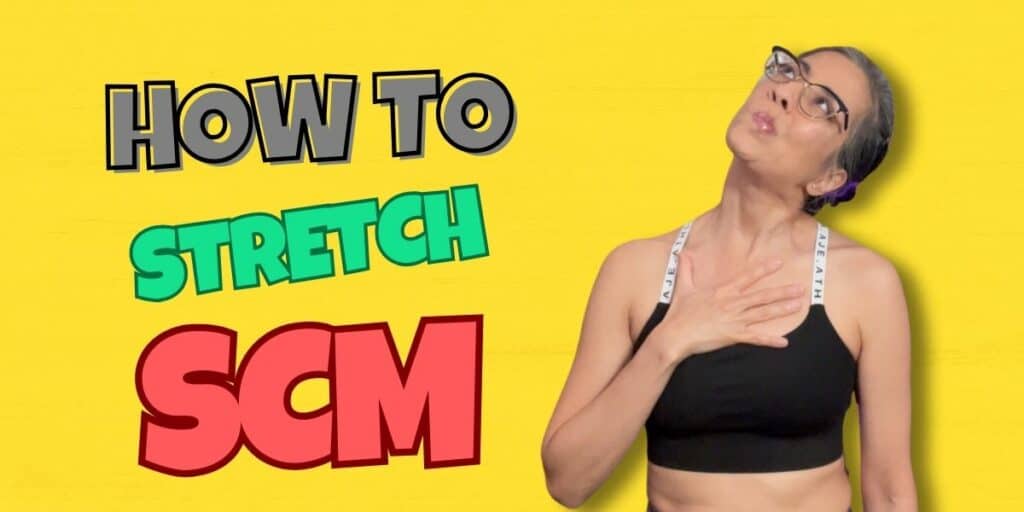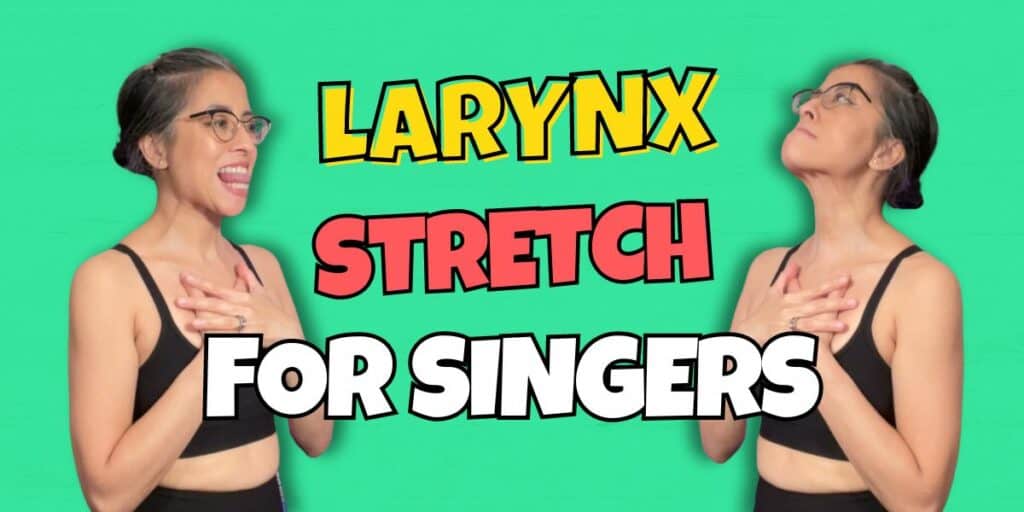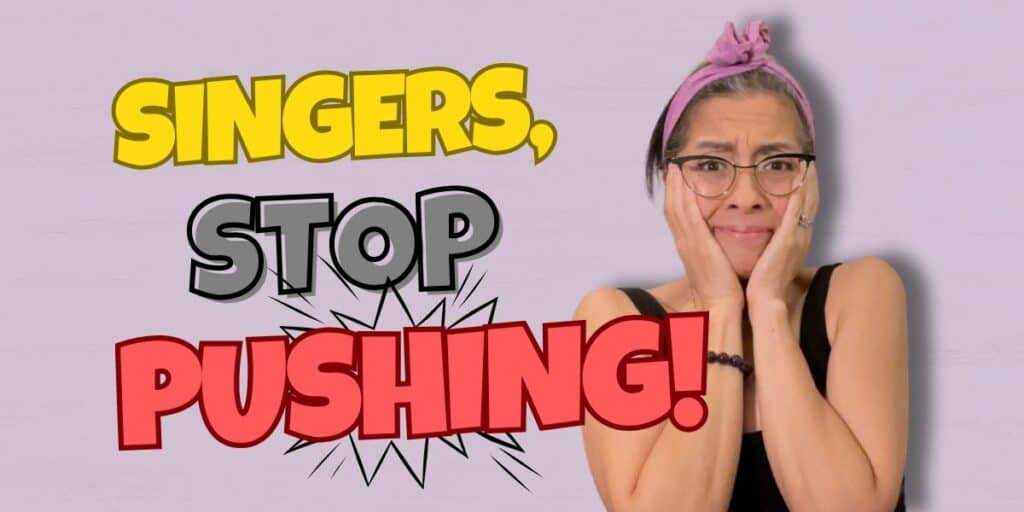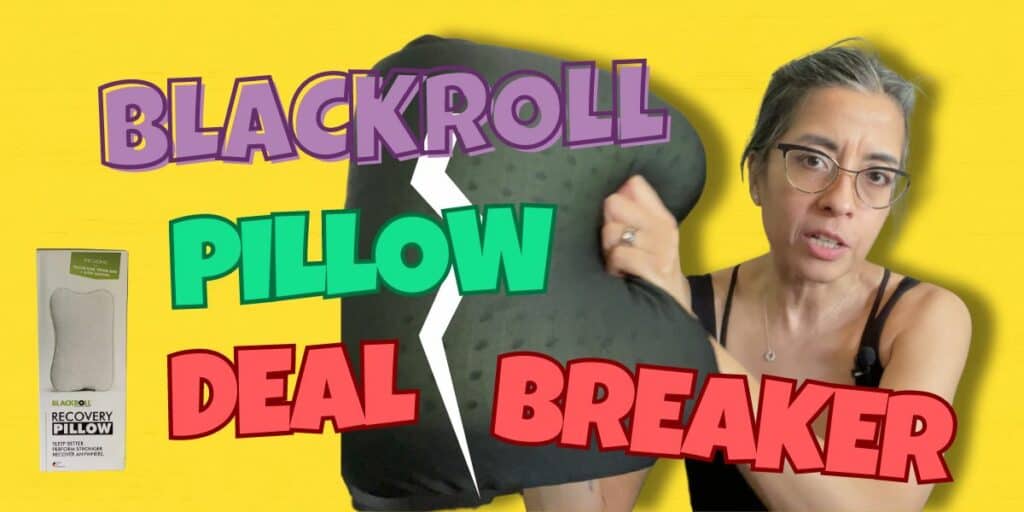Did you know that there are 3 types of Endurance in relation to Movement? 😯
Like This Post?
Never miss a post.
Get our blog posts delivered straight to your inbox!
In this episode of MoveMedics TV I break down these 3 types of Endurance for you and also give you some tips for one of the biggest yet easily avoided Movement Training errors. 👍🏼
’Til next time, Be Free In Your Movement™.
x
Selina
B. Phty
This information is not medical advice. Got health concerns? Consult a real-life health professional.
Views are my own.
*Affiliate links. Your choosing to use these goes towards supporting my content creation. Thank you.
Did you know that there’re 3 different types of Endurance in relation to movement?
No? Let me break that down for you and also give you some tips you can use in your movement training.
Ready? Let’s jump in.
Hi! I’m Selina, physio from MoveMedics, welcome to my channel.
If you’re new, please consider subscribing especially if you’re an active, movement-loving person who wants to do split, straddle, backbend to support your favourite movement activity, or you’re a singer who wants to optimise your movement to support your vocal health and performance.
Today we continue on with our Movement Capacity Series, which is a part of my Movement Philosophy. If you haven’t seen those episodes yet, you can binge watch these two playlists later.
The first type of Endurance is one that most people are familiar with and that is Strength Endurance.
Can you generate the required force for your movement for the duration of your movement task?
Now Strength is of course one of the elements of Movement Capacity and we have covered that in detail in a previous episode so if you haven’t seen that yet, you can check that out in a moment to learn all about that and also to pick up the tips I’ve included in that episode.
The second type of Endurance is also one that most people are familiar with and that is Respiratory Endurance.
Do you have the cardiovascular fitness to complete your movement task?
And like Strength it is also important that we understand what type of cardiovascular fitness is required from your movement activity.
Do you do an activity that has lots of short bursts of excitement? Which a lot of ball sport fall into that category. There’s a lot of excitement, you run after the ball, and then you chill out for a while and in that time you have to recovery sufficiently and be ready for the next burst of excitement.
But if you were an endurance athlete, then you have to be able to keep going at a certain state for a long, long time.
So know what you need and train specifically for it.
The third type of Endurance is probably the least well-known one and that is Neural Endurance.
Your neuromotor pathyways fatigue too.
And when that happens there is a drop in the quality of your movement. You’re not tired, you’re not out of breath, but the quality of your movement just drops.
For me I tend to experience this when I practise handstand, everything is working one moment and then the next it just stops working, it’s like my brain just taps out, like “Seeya”
And that can be really frustrating because my shoulders are feeling great, they feel strong and they want to work some more but brain won’t play.
So what do you do when that happen?
Here’s my major tip for you. This is important!
The neurones that fire together wire together.
That is how you get good at doing anything, you’re perfecting and refining those neuromotor paths.
So if you keep practising a movement at a low quality, you get good at doing that movement poorly!
You get good at doing that movement poorly.
Not what anybody would want, right? So what do we do?
When the quality of your movement drops you can try to change things up a little bit. Just because one neuromotor path has fatigued doesn’t mean that all the other ones has.
So for example when I do handstand, when the straight handstand has tapped out I may try to do different leg shapes, I might try the V, a zig-zag, a chair straddle, I mix it up to see what happens.
Sometimes I can keep working for a bit longer but I also find that when one neuromotor pathway has fatigued the other ones also tend to fatigue sooner than they normally would.
And that really just shows you that your nervous system is just tired and it’s time to rest it.
Our nervous system needs rest too, and things that can affect it include like if you haven’t had enough sleep, both good quantity and quality sleep, or if you’re really stressed out, that can also affect your nervous system.
So when things no longer, when you can’t maintain the quality of your movement try to change things up, see what happens and if you cannot preserve the quality of the movement then it’s time to warp your session up and go chill out.
And now I would love to hear from you. Do you have a “my brain has left the building” moment you can share with me? Drop me a comment to let me know.
And if you have watched with me all this time through this video I think it’s safe to say that you’re enjoying it so please go ahead and give me that thumbs up, it will really help me grow this channel so I can help more people.
If you haven’t done so already make sure you subscribe and ding that notification bell so when my new video comes out, it will pop up on your homepage.
And until then, thank you so much for watching and Be Free In Your Movement™







